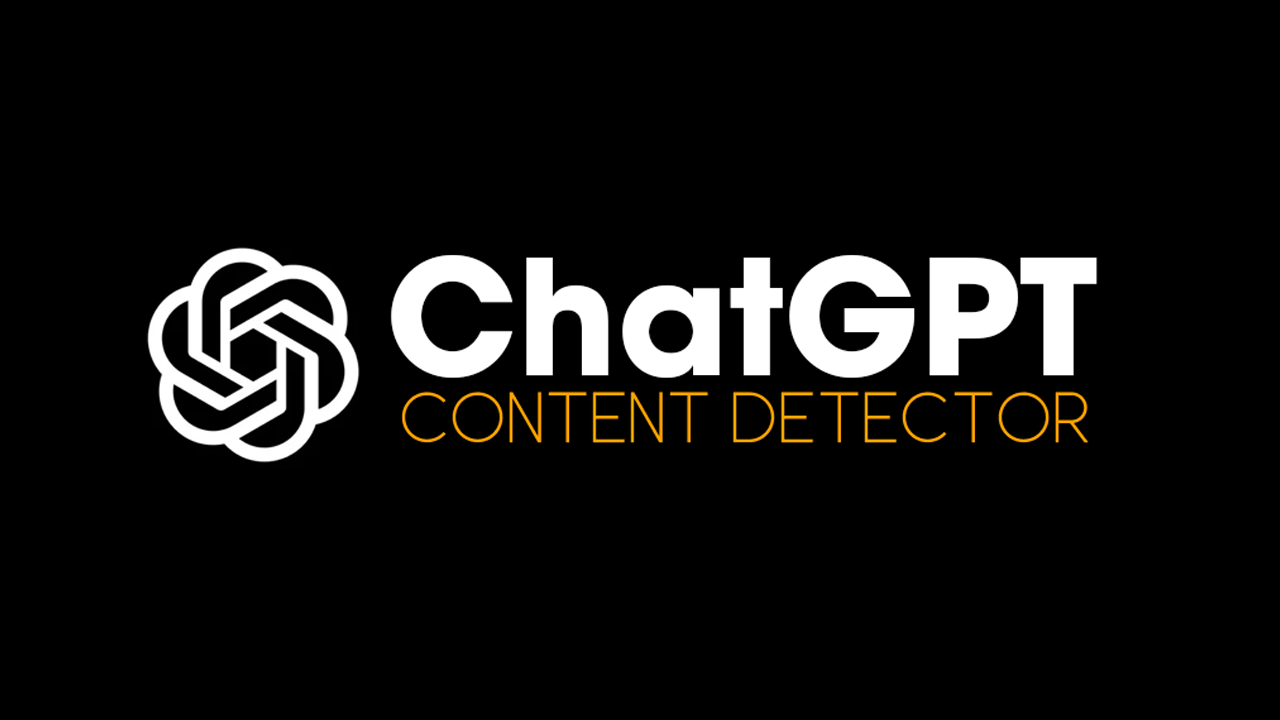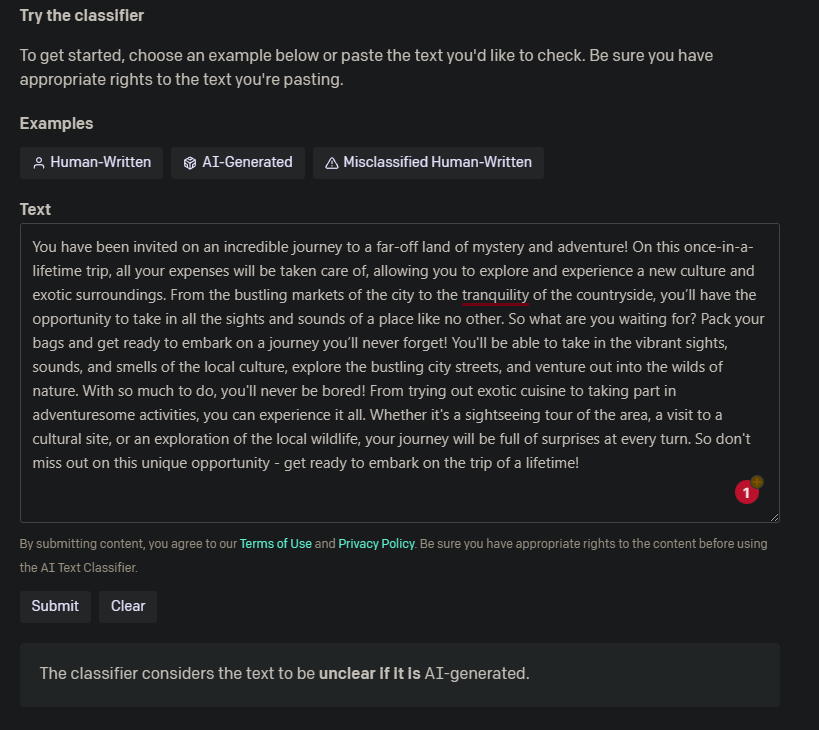If you are a teacher, website, owner or someone who just needs to make sure the content they are reviewing or posting is legitimate and not something generated using ChatGPT or another similar AI system. This article will show you how to quickly and easily detect if something has been generated using AI and ChatGPT.

Related: How to clone someone's voice using AI | AI voice cloning tools.
Cheating and plagiarism have always been something that teachers and website creators have been aware of and is something that was slowly becoming easier to detect. However that all got thrown out the window recently with the emergence of a generative AI system called ChatGPT. ChatGPT has taken the world by storm and racked up 100 million users within a two-month period, breaking every use usage record currently in existence.
This has caused major problems for teachers and fellow educators around the world as students are using ChatGPT to complete tests and assignments for them. It has also caused issues for website owners who have been flooded with guest post content requests from users submitting Ai generated content. While the situation isn’t yet as controversial as AI art generated by systems like Midjourney and Stable Diffusion winning art competitions it is still proving to be problematic.
How do you detect content generated with ChatGPT? Detecting ChatGPT generated content.
Unsurprisingly, this is another case of “Create a problem to sell the solution”. However, the solution isn’t “yet” being sold, but it will more than likely come in time. As you have probably already guessed. As well as offering ChatGPT as a generative content creator, OpenAI is also offering up a ChatGPT content detection tool which aims to detect if the content has been generated using their AI model.
The tool is called AI Text Classifier and is a fine-tuned GPT model that predicts how likely it is that a piece of text was generated by AI from a variety of sources, including ChatGPT. For now, the AI TEXT Classifier is available as a free tool to spark discussions on AI literacy. But will more than likely end up behind some kind of paywall. It also has some limitations:
- It requires a minimum of 1,000 characters, which is approximately 150 - 250 words.
- The classifier isn't always accurate; it can mislabel both AI-generated and human-written text.
- AI-generated text can be edited easily to evade the classifier. All someone has to do is generate something, then go through and reconfigure it to suit their needs. Basically using it as a template.
- There are also some language-based biases that make appearances as well.
Using AI Text Classifier to detect content written by AI.
Just like most online plagiarism detectors, the new AI Text Classifier tool from OpenAI simply requires you to visit the webpage and copy and paste in the text you want to check (max 1000 characters). After that, it will run a quick scan and show the results.
I’ve tested a few samples with it but it hasn’t been all that useful, to be honest. This is funny considering Open AI and ChatGPT are offering both services. To generate content and detect content. The example below is one that I generated in ChatGPT using a simple prompt: “Generate me something random and interesting”. The response was copied into AI Text Classifer altered and didn’t return a definitive answer.

